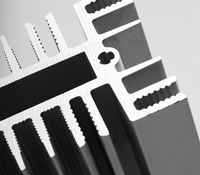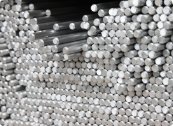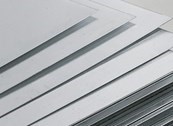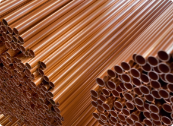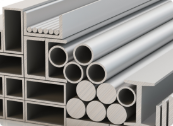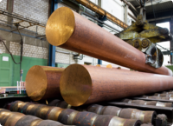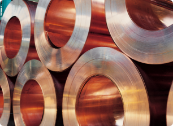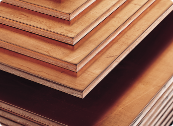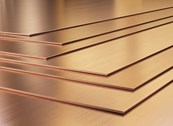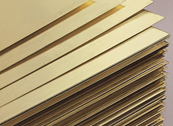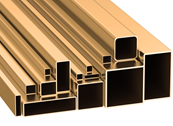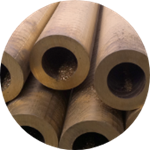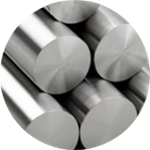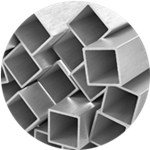Brass
Facts about brass
Learn more about the gold-like metal right here.
- Historically, brass has been used by man since before 1500 AD and the uses have been many, including: Brass cannons in the Middle Ages, door handles and coins.
- Brass basically consists of copper alloyed with 5-40 % zinc. In addition, smaller quantities of other metals may be added to add certain properties to the individual alloy. Brass is divided into three groups:
1) Classic brass (Copper and zinc)
2) Brass with added lead
3) Brass with other metals added
- Zinc makes the material strong and hard and a rule of thumb is that the more zinc that is added, the stronger and more corrosion-resistant the brass becomes. Due to its zinc contents, brass is generally referred to as a material with a high corrosion resistance.
- Due to their hardness, the vast majority of brass alloys are suitable for processing, using machining processes like milling and punching. In fact, CW614N is indicated as the index 100 for machining as it is one of the most machinable metal alloys known to man!
- In particular, brass is characterised by its gold-like colour that differs greatly from the shades of copper and bronze. Brass is widely used for decorative purposes in both interior and exterior decoration and is used for e.g. lamps, door handles, building fronts and other decoration.
- The design of brass offers great flexibility as brass can be shaped via e.g. extrusion, rolling and forging, depending on the individual type of alloy. Due to this ability to be processed combined with its high corrosion resistance, brass is often used for fittings and other plumbing applications that require the material to be machined with the necessary details within certain tolerances.
- Brass can be recycled and much of the brass that is handed in for recycling comes from e.g. mixer taps, other plumbing articles and various decorations such as candlesticks.
Our range of brass products









